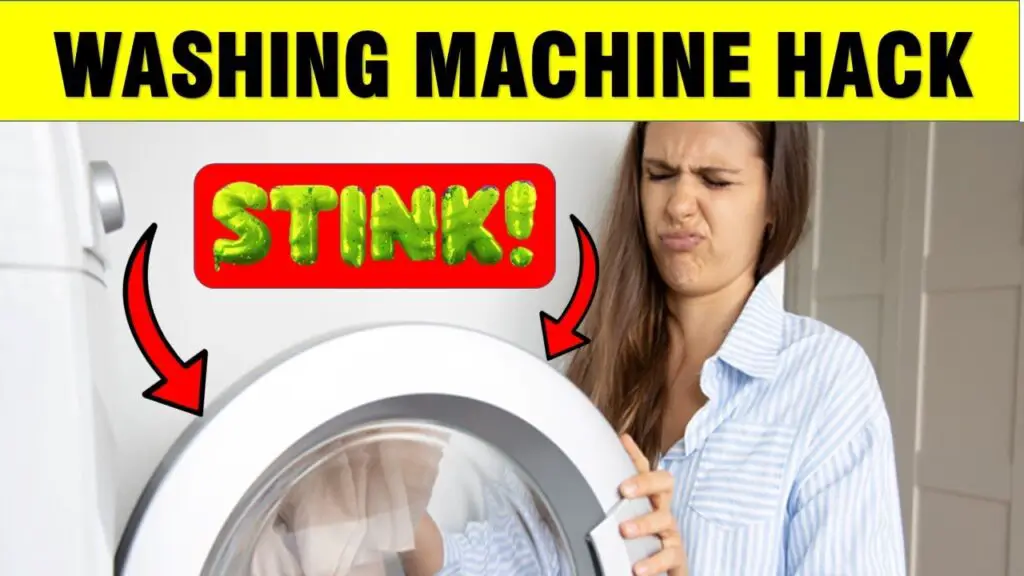The role of a washing machine is to make your laundry smell clean, but that won't happen if the washing machine itself is dirty. Despite only ever being used for cleaning purposes, washing machines can still get smelly over time.
You can buy chemical washing machine cleaner, but this isn't usually the safest or most environmentally-friendly choice. If you're looking for tips on how to clean a smelly washing machine using natural methods, you've come to the right place. Here, you'll learn what makes a washing machine smell, and how to naturally clean different types of washing machines.
What Makes a Washing Machine Smell?
When you put dirty laundry in your washing machine, the dirt, hairs, oil, and scum transfer from the laundry into the seal, gasket, and detergent/fabric softener dispenser. Some of this dirt is washed down the drain when the cycle finishes, but some embeds on the inner surfaces of the washing machine and builds up over time. Dirt doesn't smell pleasant, and this smell can end up tainting the laundry that you're supposed to be cleaning.
Washing machines also provide a moist, often hot environment, which encourages the growth of mold, mildew, and bacteria. This can produce an unpleasant musty smell that many of us associate with a dirty pond or lake.
The design of a washing machine can affect its likelihood to smell. Certain machines hold pools of water in their parts after washing, creating the ideal breeding ground for mildew.
Luckily, getting rid of these bad smells is as simple as cleaning your washing machine - and you can do this completely naturally, with no chemicals needed.
Let's take a look at how to naturally clean a front-loading and top-loading washing machine.
How to Clean a Front-Loading Washing Machine
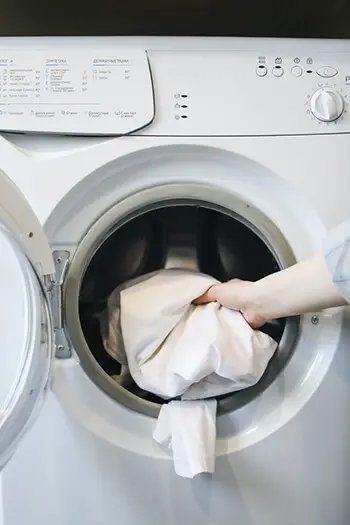
A front-loading washing machine, or a front-loader, has a door that opens from the front, rather than from the top. Follow the step-by-step process of cleaning a front-loader below:
Step 1: Use a Sponge to Clean the Seal
Remove mold, mildew, dirt, and other grime from the seal with a sponge or microfiber cloth dipped in vinegar. Wipe the sponge around the seal, making sure to get behind the lip, which is where a lot of dirt can accumulate.
If you're dealing with particularly stubborn mold and mildew stains, apply vinegar to the stain and leave it for 20 minutes before giving it another scrub with the sponge. You could also use a toothbrush to scrub tough patches of mold and mildew. After cleaning, use a paper towel to dry the seal.
Step 2: Add White Vinegar to the Drum
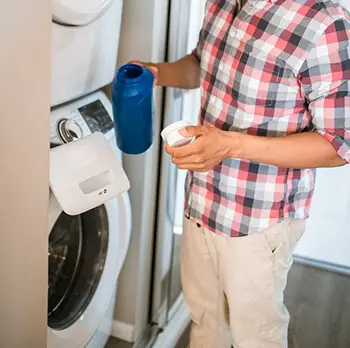
If you want to clean your washing machine naturally, vinegar is your best friend. Measure two cups of white vinegar and pour them directly into the drum of the washing machine.
If there's a noticeable buildup of grime inside the machine, add another half a cup of vinegar, then close the door of the machine.
Step 3: Add Natural Cleaner to the Detergent Dispenser
As one of the most versatile cleaning ingredients, you'll be unsurprised to hear that baking soda is another essential tool to clean your washing machine.
Mix a quarter cup of water with a quarter cup of baking soda and pour the solution into the detergent dispenser. This will mean that all the parts of the washing machine are thoroughly cleaned when you run a cycle.
Step 4: Run a Hot Water Cycle
On the hottest temperature setting, switch on your washing machine and run the normal washing cycle. Make sure to give the cleaner plenty of time to take effect inside the drum. At least one hour of washing is ideal.
The baking soda and vinegar combined with the heat of the machine will kill any smelly mildew or mold inside the machine.
Step 5: Clean the Machine with a Damp Rag
When the cycle is finished and the vinegar and baking soda solution has drained, dampen a rag with water and use it to wipe down the inside of the machine. Use a toothbrush or a scouring brush to remove any lingering grime or mold that wasn't removed by the wash cycle.
And that's it - that's how you clean a washing machine with a front opening. Ideally, repeat this process at least once a month to prevent unpleasant smells.
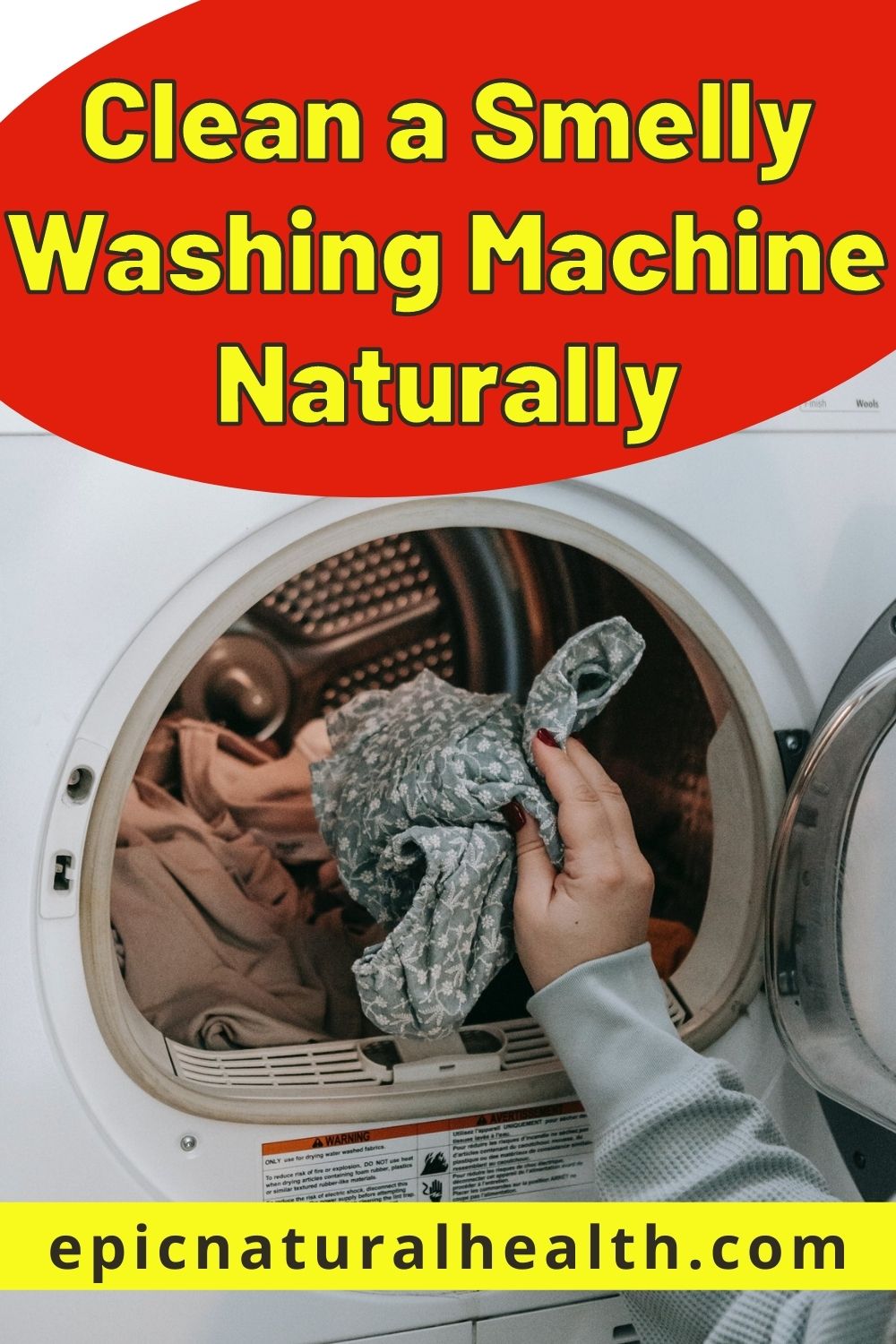
How to Clean a Top-Loading Washing Machine
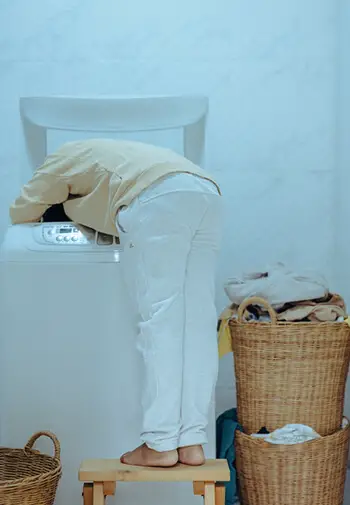
A top-loader opens upward from the top. The process for cleaning a top-loading machine is different from cleaning a front-loader.
Here's how to clean a washing machine that opens from the top:
Step 1: Set the Machine to the Hottest Cycle
Turn on your washing machine and set it to the hottest wash available. If you have a "heavy-duty" wash cycle, select this option. You want to run water through the machine for as long as possible.
Press "start" and wait for the drum to fill with water. Keep the lid of the machine open.
Step 2: Add Vinegar to the Drum
White vinegar is essential for cleaning a top-loader, too. Pour 4 cups of white vinegar into the drum as the drum fills with water.
It's a good idea to buy a container for holding vinegar for cleaning purposes, and storing it separately from the vinegar you plan to use for cooking.
Step 3: Add Vinegar to the Drum
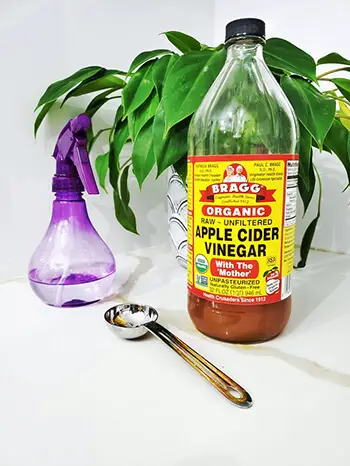
As soon as you've added the white vinegar to the drum, follow it up to 1 cup of baking soda. You should add the baking soda as the water fills the drum because this will allow the vinegar to be mixed inside the machine.
Step 4: Close the Lid to Start the Cycle
Shut the lid of the top-loader and let the cycle begin. This will more thoroughly mix the water, vinegar and baking soda combination and make sure the solution gets around the entire machine.
Lift the lid after a minute to pause the cycle. If your machine locks the lid during washing, press the stop or pause button before lifting the lid.
Step 5: Clean the Detergent Dispenser
Use a toothbrush or sponge to clean the dispenser for detergent, fabric softener, or bleach. Scrub the areas that feel slimy or look as if they have mildew or mold growing on them. Wipe the dispenser clean with a microfiber cloth.
If any parts of your washing machine are removable, remove them from the machine and soak them in a tub of warm, soapy water for up to 30 minutes. This will make it much easier to clean the parts.
Step 6: Complete the Cycle
Close the lid of the washing machine and allow the cycle to run to the end. If you had to stop the cycle to open the lid, press "start" to begin the cycle again.
While you wait for the cycle to finish, use a damp rag to clean the top and the sides of the machine.
Step 7: Wipe Down the Drum
When the cycle has finished and the vinegar and baking soda water has drained, open the lid and use a clean rag to scrub away any remaining dirt or residue from the inside of the machine. You can dip the rag in a mixture of water and vinegar to tackle stubborn stains.
Run a second cycle with another cup of vinegar if there is a lot of residue that hasn't shifted. Aim to clean your washing machine at least once a month, depending on how frequently you use the machine.
Benefits of Naturally Cleaning a Washing Machine
We use our washing machines almost every day (some of us use them every day!), so it's important to think carefully about what you want to use to clean a washing machine.
While it might be tempting to use the harshest chemicals to fight soap scum and other nasties, these chemicals can damage both your washing machine and your skin. Remember, these chemicals will end up on your clothes, which you'll end up wearing.
Some of the biggest benefits of naturally cleaning a washing machine are:
It's Better for the Washing Machine
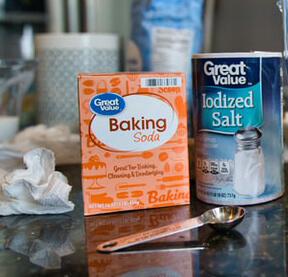
There are several delicate parts of a washing machine, including the fabric softener/laundry detergent compartment and the rubber seal around the door, that could become easily damaged by chemical cleaners. Using natural cleaners like cups of vinegar and baking soda is much better for the machine's health.
It's Better for You
Using chemicals to clean your washer can be risky. When you clean with chemicals, the harmful ingredients in the cleaners can linger in the air.
When you're working in tight spaces - such as the corner of your laundry room with your head and shoulders inside your washing machine - you're even more at risk of respiratory issues from breathing in harsh chemicals. Using natural cleaning products is a much safer solution.
It Won't Damage your Laundry
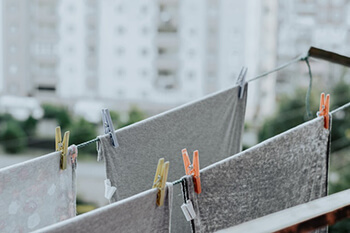
Even if you think you've washed off all the chemicals after cleaning, some could linger in your washing machine and get onto your laundry during the next washing cycle.
These chemicals could cause discoloration or damage your laundry. Wearing clothes contaminated with chemical cleaner could aggregate your skin and result in a painful rash. When using natural cleaners, like baking soda and vinegar, you don't have to worry if some of the product is left behind in your machine.
How to Keep a Washing Machine Clean
After deep cleaning your washing machine with white vinegar and baking soda, you probably don't want to repeat the process anytime soon. So how can you keep your washing machine clean?
Unfortunately, there's no avoiding cleaning your washing machine, but it gets easier with regular cleaning. When you clean a washing machine once a month, you'll prevent a buildup of dirt, grime, and residue. This will make your job easier - all you'll need to do is add vinegar and baking soda to the machine, with minimal scrubbing required.
There are other things you can do to prevent your washing machine from accumulating dirt, mold, soap scum, and mildew between uses. Keep the machine's door open when the washer isn't in use, which will prevent moisture from being trapped in the machine when it's not in use. You can also use a rag to wipe the drum and the rim between uses to remove any stains while the machine is still warm and the stains are the easiest to remove.
The Bottom Line
It's easy to clean a washing machine naturally, and you don't need a chemical washing machine cleaner for the job. You just need two common kitchen staples: baking soda and vinegar.

